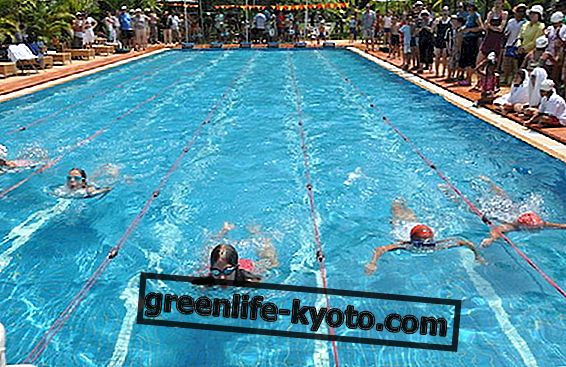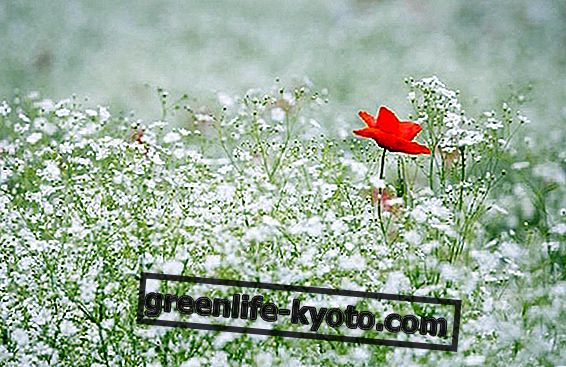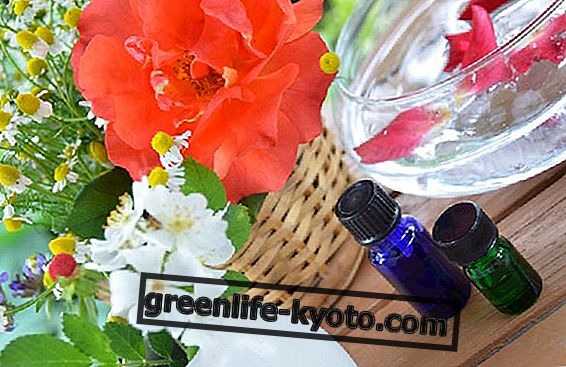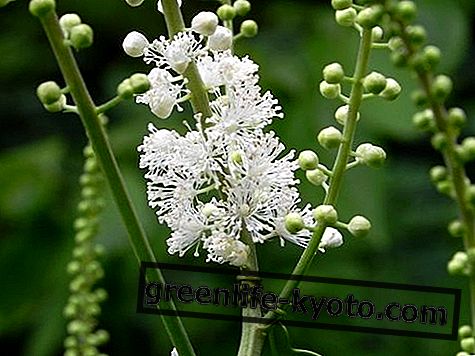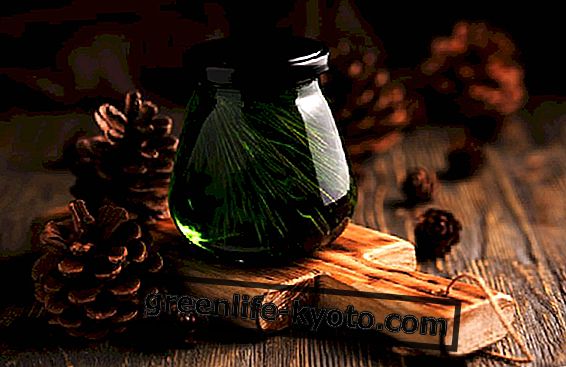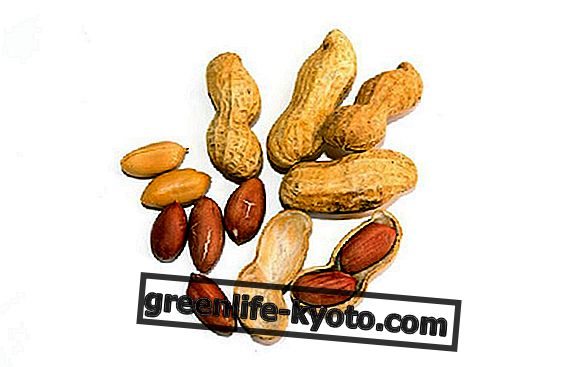
How to use lavender
Lavender ( Lavanda angustifolia ) is a suffrutice belonging to the Lamiaceae family . It has erect and woody stems that can grow up to 1 meter in height, linear, opposite leaves, gray and leathery gray and an inflorescence composed of purplish flowers.
Lavender flowers are the plant's drug : dried lavender flowers are used to prepare herbal teas or to obtain the essential oil that is used in aromatherapy, phytotherapy and in the cosmetic industry.
The uses of lavender are manifold : first of all it carries out a sedative and anxiolytic action and its use is useful above all in the case of insomnia, agitation and states of anxiety.
Lavender essential oil also has soothing and antibacterial properties that make it an effective natural remedy for skin problems, from acne to insect bites to skin irritations.
Lavender flowers are also used in household cleaning: the infusion and the lavender hydrolate can be used as a natural detergent for all surfaces, while the essential oil can be added to DIY detergents for antibacterial action or used to prepare perfumery chalks to place in the wardrobe.
How to grow lavender
Lavender can be grown in pots or in the open ground, it grows well in the temperate climate of the Mediterranean area, in full sun and in dry and light soils, better if calcareous.
Lavender is resistant to summer drought and low winter temperatures, but not to late frosts.
The lavender seedlings can be grown in pots or planted in the open ground in spring.
It is possible to cultivate lavender also starting from the seed, preparing the seedbeds in February-March or in autumn ; the seedlings will then be transplanted when they have reached 10 centimeters.
Lavender flowers in early summer and flowering lasts throughout the summer season and lavender flowers are harvested on hot and dry days starting from the second year of the beginning of the withering if the flowers are used to distill. essential oil and at the beginning of flowering for all other uses.
As for the pruning of lavender, it is generally replaced by the harvest; however, the woody limbs of the plant should be eliminated before the vegetative restart.
In the first year of life of the plant it is advisable to trim the plants to make them grow laterally.
